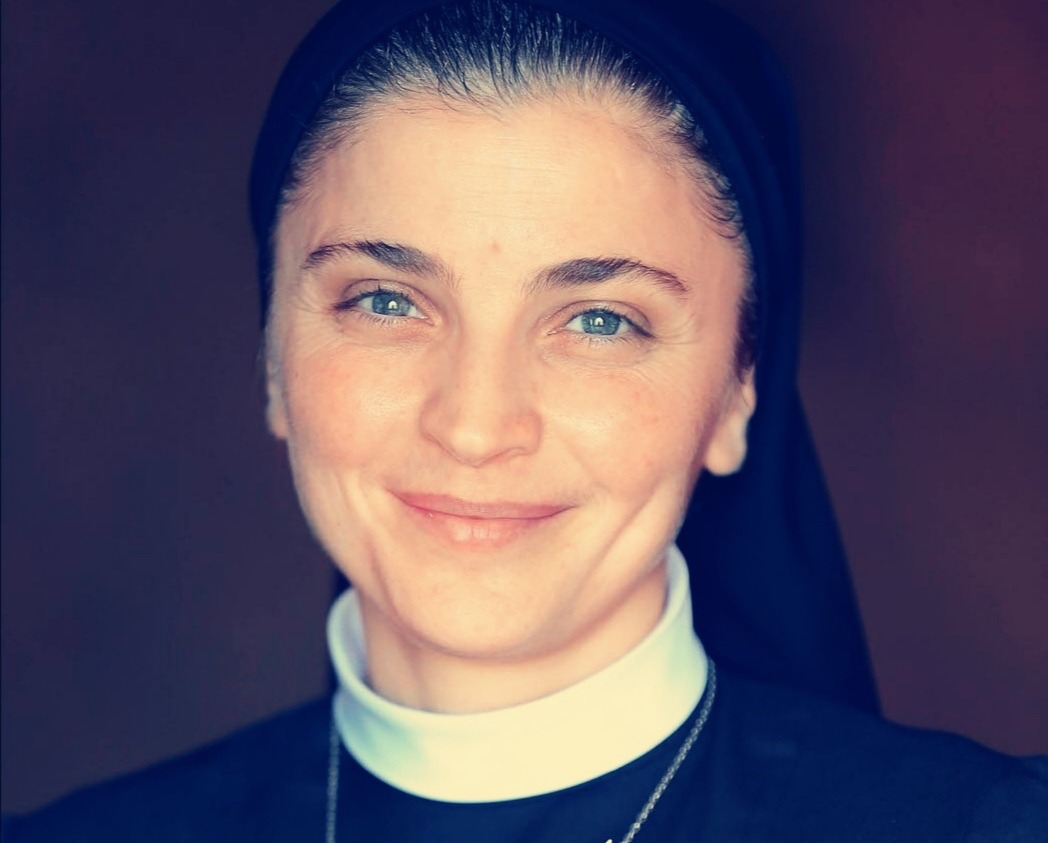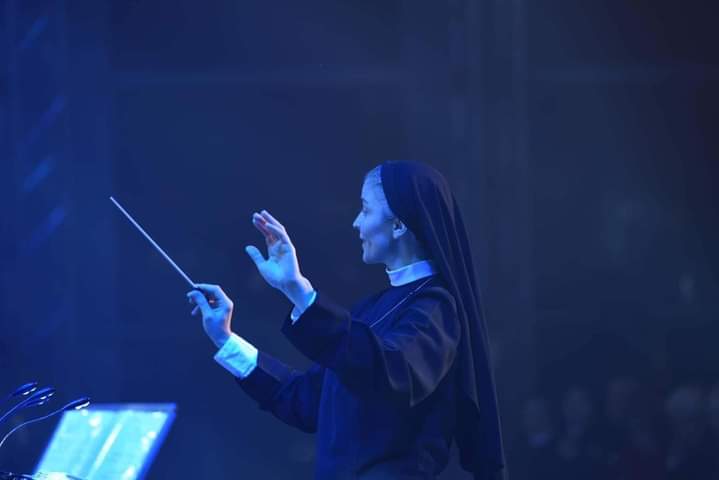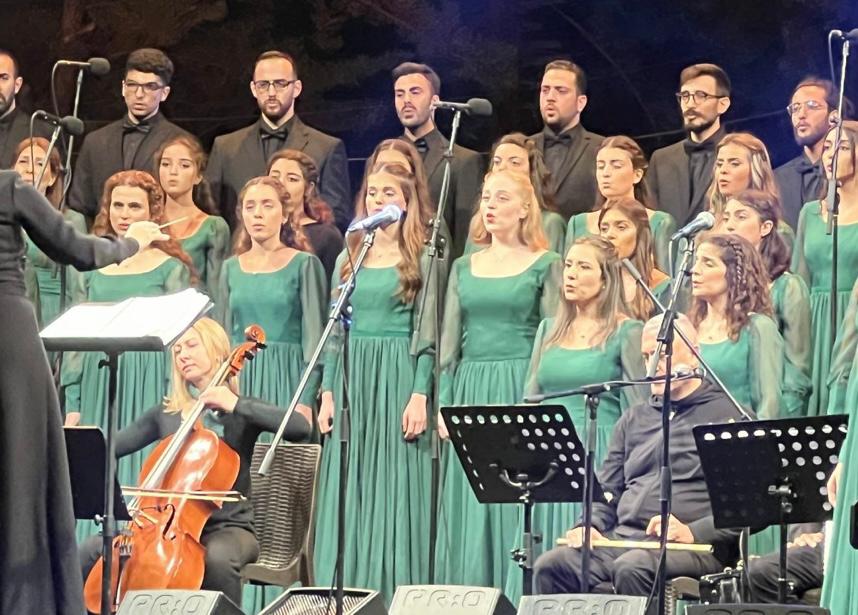Syriac song and its music transmit the Christian message with sobriety and humility. It is a permanent search for meaning and the absolute. The artist gives way to the work and the singer lends his voice to a tradition that surpasses him. Technical feats are discarded, their size being perceived as obstacles to transparency and therefore to welcoming the divine.
More than a school of music, visual, culinary or sacred art, more than a painting, sculpture or craft workshop, Philokalia is a conservatory of identity and a laboratory of modernity. Established at the monastery of the Visitation of Aintoura in Kesrouan, this institute draws on the essence of the heritage in order to detect the internal principles of identity, beyond the apparent form.
Austerity
It was from the Syriac Maronite sacred song that Sister Marana Saad began her exploration of a culture built on spirituality. In music as in architecture, writing, painting and sculpture, this tradition is based on the principle of austerity as a condition of transparency and truth. Architecture only tolerates sculpture when it has a symbolic value, endowed with a theological message. The writing does not support calligraphic virtuosity and seeks to remain as pure as the Word it embodies. Painting, in its iconographic dimension, is intended for reading and not for delight.
According to these same principles, Syriac song and its music transmit the Christian message with sobriety and humility. It is a permanent search for meaning and the absolute. The artist gives way to the work and the singer lends his voice to a tradition that surpasses him. Technical feats are discarded, their size being perceived as obstacles to transparency, and therefore to welcoming the divine.
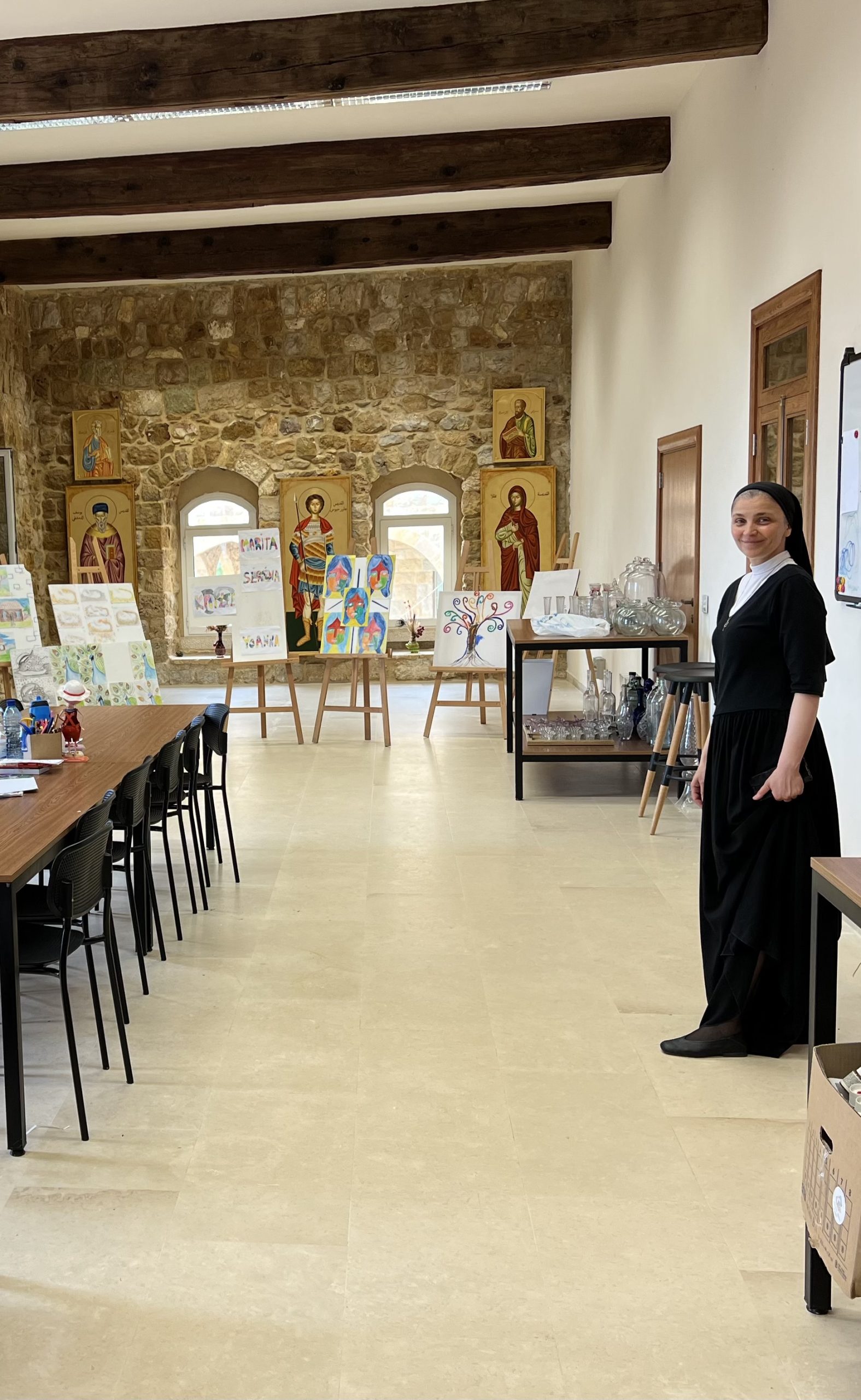
Virtuosity
Sister Marana, who loves music in the diversity of cultures, and who teaches both muashah Arabic than Syriac Maronite song, warns against interference between styles. Each tradition is characterized by its own spirit to which it must remain faithful. The vocal prowess and technical virtuosity which are to be cultivated in certain cultures have no place in the Maronite tradition. And Sister Marana spontaneously offers us a double comparative performance in order to demonstrate that the voice, in the austerity of Maronite singing, is much more difficult to sustain than in the animated forms. Seeking to sidestep this difficulty, some singers take refuge in virtuosity in order to camouflage any shortcomings.
Philokalia choir. ©Amine Jules Iskandar
Philokalia choir. ©Amine Jules Iskandar
Alterations
The purity which is the basis of Maronite singing can also be compromised for purely linguistic reasons. Because this song in its Syriac version has a potential that is lost in Arabic translations. In this regard, it is technically impossible to replace a language like Syriac or Lebanese, which has five vowels (a, é, i, o, or), with Arabic, which only knows three movements (harakat). The composer was then forced to remedy this deficiency by calling on vocal movements, and therefore on mannerism fundamentally foreign to the spirit of Syriac Christianity and more particularly in its Maronite version. Maronite theology is in search of God through absolute Truth stripped of all superfluity. This thought is always faithful to its ascetic and eremitic origins.
Several factors can thus alter the Syriac song. There is the choice of language, the intrusion of oriental instruments which are sometimes unconsciously accompanied by their own musical traditions, but there is also the lack of knowledge of Maronite culture, its values and its spirit. For all these reasons, understanding the cultural heritage is crucial, as well as rooting in the tradition of the Antiochian Syriac Maronite Church.
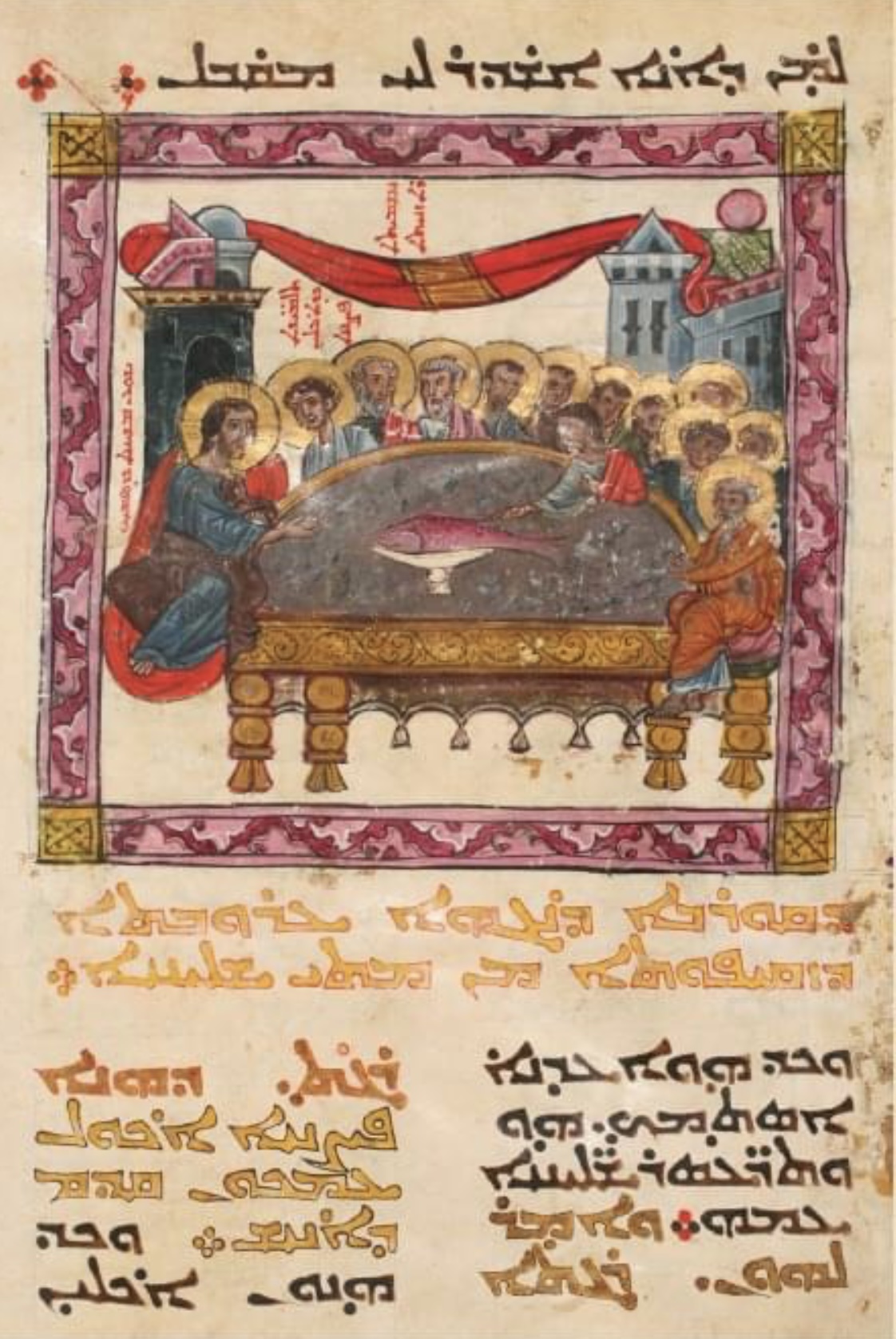
Culture and spirituality
The goal of Philokalia is personal development and the blossoming of the spirit through art, music and the rediscovery of heritage. For this, courses in Syriac language, literature and theology complete the training of artists, singers and musicians. The “Spirituality and Culture” department participates in this project through the dialogue it establishes between the Christian faith on the one hand, philosophy and the human sciences on the other.
Alongside this healing in the heritage, this institution works for openness towards different cultures and religions, at the national and international levels. It achieves this mission through creativity and art whose ability to express the ineffable makes it possible to transcend cultural barriers between people.
Philokalia is a monastery, a school, a laboratory and a hive of production, creation, performance and healing. All in a playful atmosphere where seminars, exhibitions, festivals, gastronomy, concerts and recitals mingle, as well as liturgical celebrations. Both adult and children’s choirs recur throughout Lebanon and Cyprus, as well as in France, Italy, Poland, Germany and the United States.
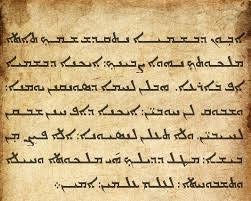
A mission
For Sister Marana, her “music is on a mission for the new evangelization”. She traces her approach to Greek philosophy, which succeeded in overcoming the subjective nature of beauty through an association with the good and the good. Marana then identifies it with “the beautiful gift of God which is music or art, by virtue of which the members must express themselves in words, music and action”. In all manifestations, traditions and styles, whether modern, sacred, classical, oriental or popular Lebanese music, we are in the presence of a permanent quest for the “look of God and the look of beauty embodied in Jesus Christ,” writes Sister Marana.
Batqyomo (the daughter of the pact) has come a long way, from her Saint Rafqa Choir at Saint Joseph’s Monastery in Jrebta to the Philokalia Institute at the Visitation Monastery in Aintoura. She made a pact with Christ, with beauty, with her Antiochian Church, with her culture and her Syriac language, and with the men, women and children of a Lebanon that she will not let wither. She brought life back to this monastery, built in 1744, by transforming it in 1862 into one of the first schools for young girls, before it was abandoned and fell into ruins. Thanks to the Maronite patriarch, Mgr Béchara Pierre Raï, who entrusted the convent to Philokalia, and thanks to donations from the Hungarian government in 2019, all the buildings have regained their former splendor.
More than a simple heritage building, it has become a manifesto and a message of openness from the monastic milieu towards society, in order to reconnect with the ternary tradition which has erected Lebanon on the complementarity between the Church, the monastery and the society. Each convent is a house of the people and is called to remain open to remain faithful to its mission and its nature within the triad. It is responsible for the culture, art, music, spirituality and freedom that form the identity and soul of Lebanon.

